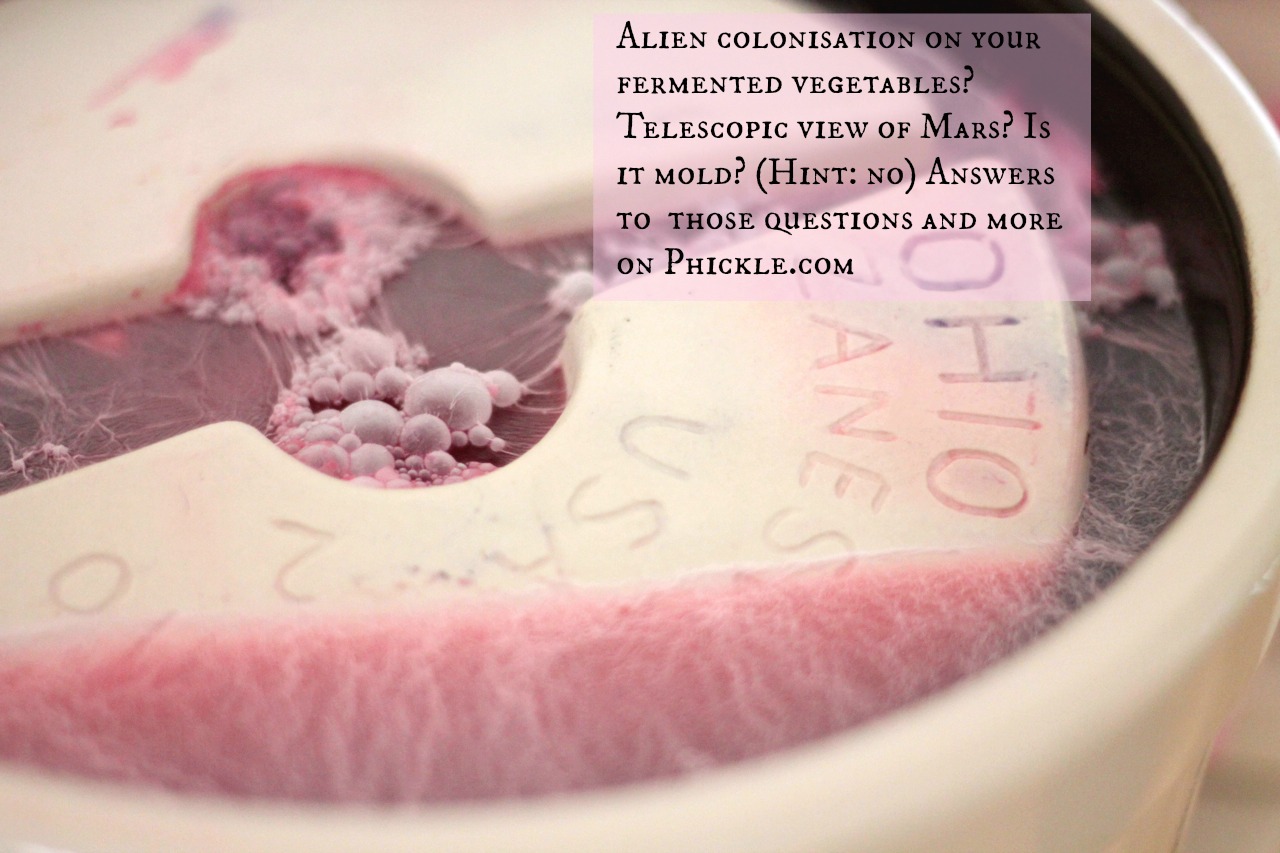SOY YOGURT MASH
pre-fermentation phase
it is based on this: https://www.wikihow.com/Ferment-Beans (also linked previously) but with a "yogurty" frame of mind. as stated before, i didn't wanna make soymilk first and then ferment cuz angtft.
so my method incorporates my own objections/ modifications to the above recipe, which i'll note:
1. i rinsed then soaked a pound (454g) of soybeans for about 20h. i used 3 pints (6cups ~1.5l) and the soaked beans emerged from the surface overnight, so i added more water to cover fully. next time i'll directly use 4pt = 8 cups = ~2l. so regardless of unit basically a 4 to 1 weight ratio water to beans should work for the soak.
unlike the instructions i did not however throw out any water. i kept all the liquid, foam included. source says "You can change out the water periodically to eliminate some of the starches in the beans" but we've established per @white belt's find that *there are no starches in soybeans*. then you'be eliminating sugars, which... is what cultures eat! i don't want them to be on a low-calorie diet, i want them to grow and thrive, so the whole muck stays for full nutrition.
2. per my instapot instructions, i pressured-cooked on high for 20m, then allowed slow release. i did not add salt or herbs or anything. beans tasted great! mild and naturally sweet and totally edible. i might add a bit of salt next time and see, just 1 tsp or so.
3. i want a yogurt approximation, not "chunky beans," so i ran the cooked results through the food processor in batches. i got a purée with tiny chunks of bean. in the future i could give them the blender treatment for supersmooth texture. but i don't have a blender
i also considered that my moderately hard water could have made the beans firmer. i usually cook my beans with a bit of sodium bicarbonate (1/2 tsp for 1lb beans) for softer texture, so this is a consideration for future iterations.
4. i moved the mash to my fermenting instapot insert, then boiled (reboiled?) in there. while this is done with milk to unfold proteins, i did it here to kill any possible bugs from the food processor. then left cooling overnight like i do for yogurt, to make sure i dont accidentally cook the inoculum.
5 earlier this morning inoculated with 1/4 cup FORAGER UNSWEETENED PLAIN GREEK YOGURT. which is not made from soy but from coconut milk, cashew, etc., plus cucurbitaceae seed protein (watermelon, pumpkin) and... other things. it claims to have a number of active live cultures (classic yogurt ones) plus lactobacillus plantarum which is the one that creates sauerkraut, pickles, etc. it was a tasty and fairly tart yogurt with 7g protein for a tiny cup. i'd consider buying it for consumption if i weren't a diy-er.
for good measure i added another 1/4 cup from my *sour whey* (leftover from strained "greek" yogurt). this has a bit of milk protein but no caseine, so i expect no fibers/gumminess or anything (if it's really caseine fiber that causes gumminess, this is speculation... whey is just "cleaner"). really this was just for backup plus an element of serendipity from ongoing wild fermentation.
6 have it now in the yogurt setting for 8h. since all the natural soy sugars are preserved in the water, growth should pick up fairly quickly. i will taste at the end of this preset period. hoping for sour notes.












